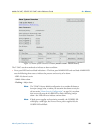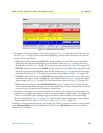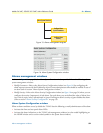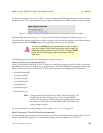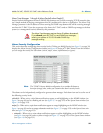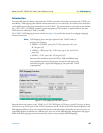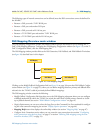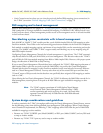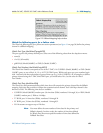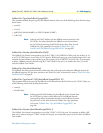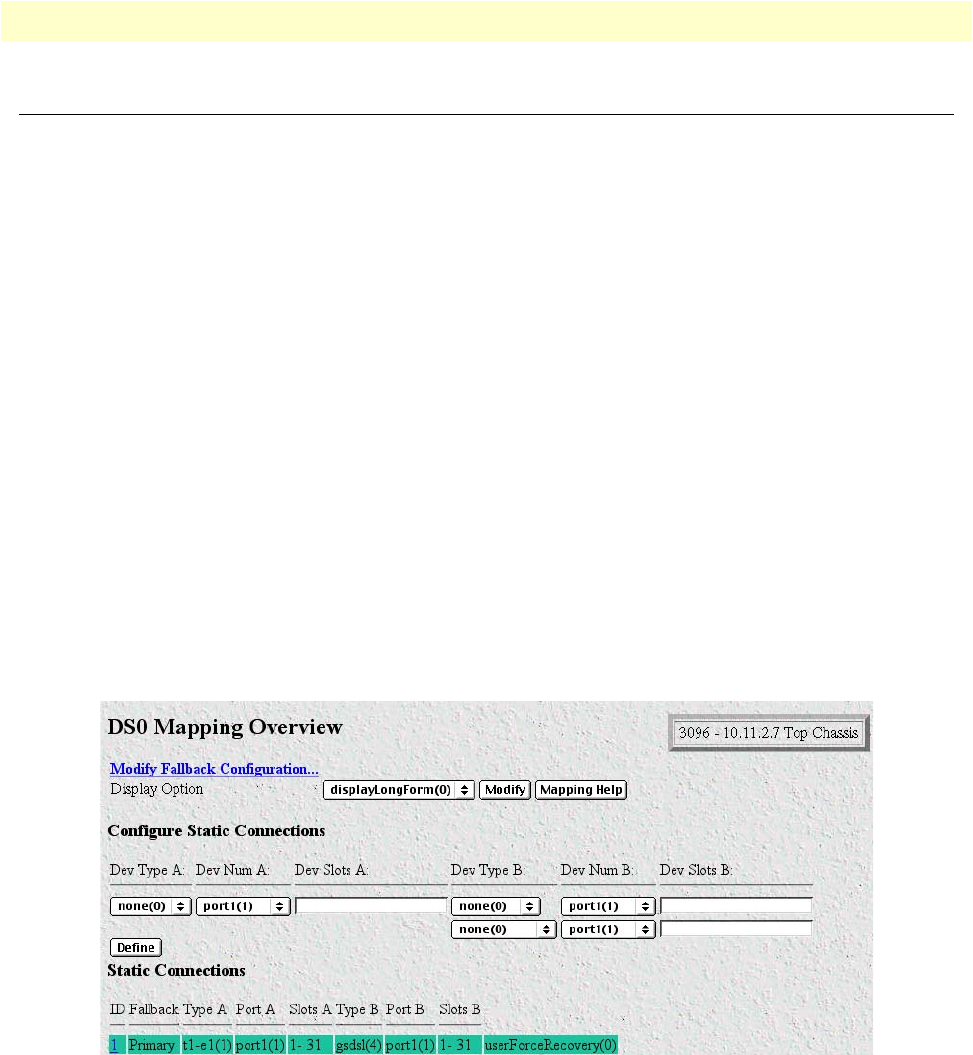
Introduction 58
Models 2616RC, 3096RC & 3196RC Admin Reference Guide 5 • DS0 Mapping
Introduction
To route traffic from one device connected to the T-DAC to another device (also connected to the T-DAC) you
must define a DS0 mapping (also called an internal connection or cross-connection). An internal cross-connection
carries traffic between the two external devices via the T-DAC. The external devices can be (but are not limited
to) a T1/E1 NTU, a G.SHDSL customer premise equipment (CPE) modem, or another blade in the same
CPCI chassis in which the T-DAC is installed.
The T-DAC’s DS0 Mapping Overview window (see figure 19) provides the means for managing (mapping)
internal connections.
Note
DS0 Mapping device and port options for the T-DAC family of
products are as follows:
•
3096RC—G.SHDSL ports (16), T1/E1 ports (up to 16), and
H.110 ports (32)
•
3196RC— iDSL ports (16), T1/E1 ports (up to 16), and H.110
ports (32)
•
2616RC—T1/E1 ports (16), H.110 ports (32)
Because of the similarities between TDACs, DS0 and fallback map-
ping examples presented in this chapter are generic and meant to be
used only as a guide—apply DS0 mapping to your particular T-DAC
as appropriate.
Figure 19. DS0 Mapping Overview window
External devices can connect to the T-DAC via a T1/E1 WAN port, a DSL port, or an H.110 port. (A device
will connect to an H.110 port via the T-DAC’s interface to the H.110 bus in the cPCI chassis midplane). Each
DS0 mapping defines a one-to-one connection between a selected number of timeslots on one port and a cor-
responding number of timeslots on a different port. You can use the DS0 Mapping management web page to
define these DS0 mappings (internal connections) and to view previously defined mappings.



